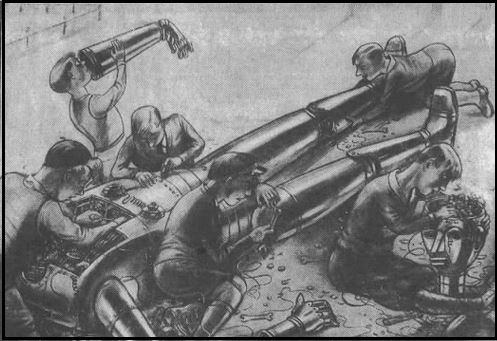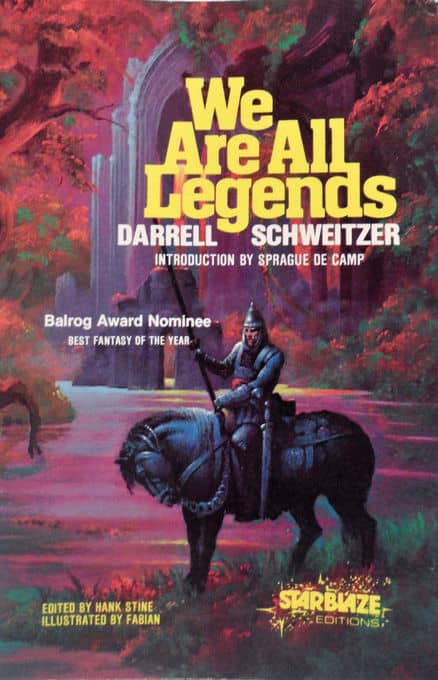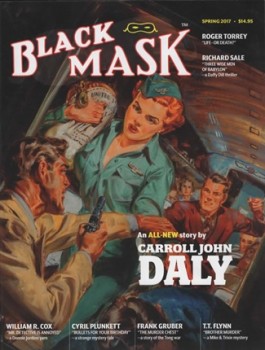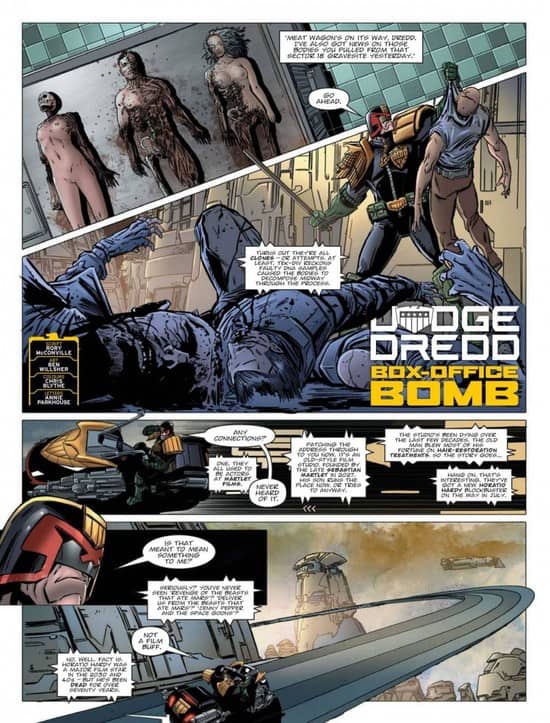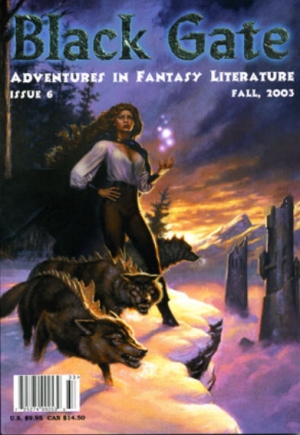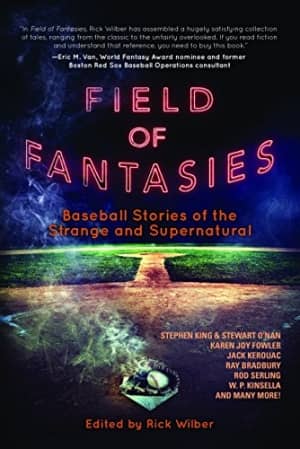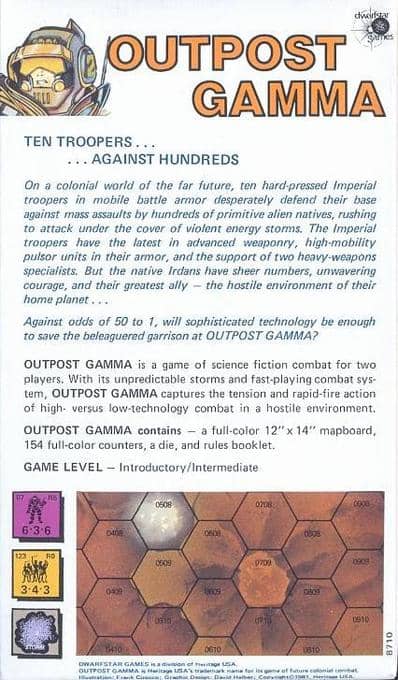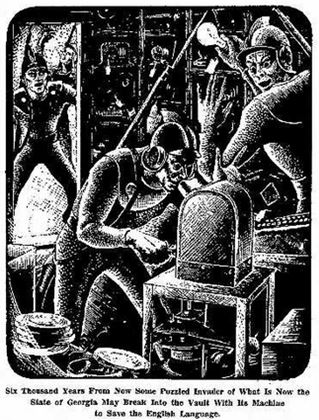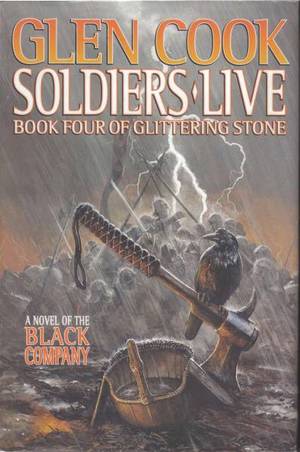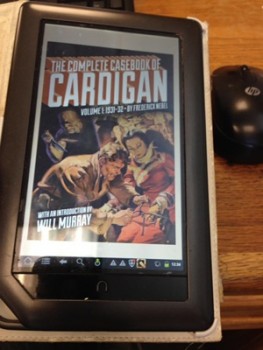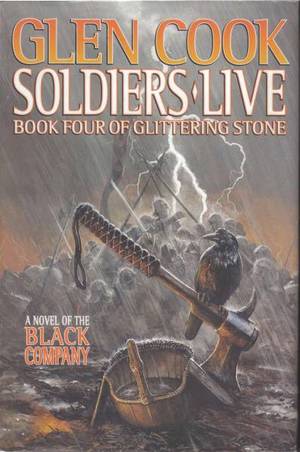 So that’s that. Last night I closed the cover of Soldiers Live (2000), the final volume of Glen Cook’s Black Company series. (Yes, yes, I know there’s a new book, Port of Shadows, coming out this month, but it’s set in the past, before Shadows Linger.) All the Company’s enemies and most of its veterans are laid to rest, mostly in their graves. In the last few pages the Black Company, Last of the Free Companies of Khatovar, leaves one universe for another. Only a single veteran from the pre-Taglian days remains and, after two devastating battles, most of the Taglian recruits are gone as well. And still…the Company remains the Company.
So that’s that. Last night I closed the cover of Soldiers Live (2000), the final volume of Glen Cook’s Black Company series. (Yes, yes, I know there’s a new book, Port of Shadows, coming out this month, but it’s set in the past, before Shadows Linger.) All the Company’s enemies and most of its veterans are laid to rest, mostly in their graves. In the last few pages the Black Company, Last of the Free Companies of Khatovar, leaves one universe for another. Only a single veteran from the pre-Taglian days remains and, after two devastating battles, most of the Taglian recruits are gone as well. And still…the Company remains the Company.
From this point on: Spoilers!
Sleepy leads the Company north from the Plain of Glittering Stone. Her plan is to defeat Soulcatcher’s army, then march on the great city of Taglios and force Mogaba and his fellow commanders to surrender. Outnumbered, Sleepy hopes that the magical advantages afforded by the wizard Tobo will give her the intelligence edge needed to overcome the larger, if less competent, opposing armies.
There are few happy endings in Soldiers Live. Willow Swan, Blade, Murgen, and many of their brethren fall in battle or succumb to their wounds afterwards. Shara is presumably killed in the final great fight near Taglios but her body is never found. We see Sleepy and her command staff caught in a magical trap and later learn they were all burned too severely to be identified. Goblin comes back but he’s been possessed by a demon of Kina. Mogaba, in a new found state of reflection, abandons Taglios in order to prevent its destruction only to be tortured and killed by Tobo. Just as he’s about to resume rule of Taglios, the Prahbrindrah Drah is killed by a stray bolt of magic. Much of the book’s second half is a roll call of the dead, punctuated by vicious battles.
At the heart of Soldiers Live is the fate of Croaker. It is through him that we first meet the Black Company, and through his eyes we leave it. His plan to rebuild the Company would have them traverse the worlds connected by the Plain of Glittering Stone, so Croaker makes a deal with the golem that maintains it. Shivetya is ancient and exhausted, desiring death but trapped in an immortal body. In the end the two swap bodies, allowing the golem to die and Croaker to become a near-divine being, able to access all the ancient history of the sixteen worlds and maintain the gates between them.
…
Read More Read More
